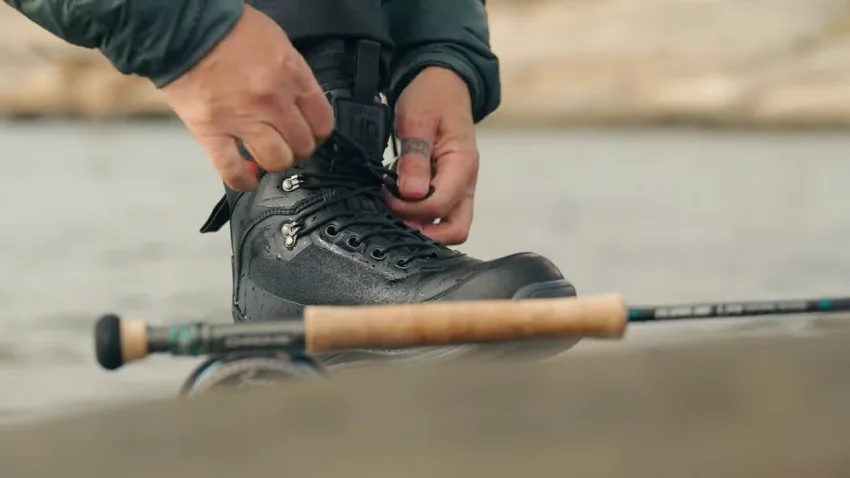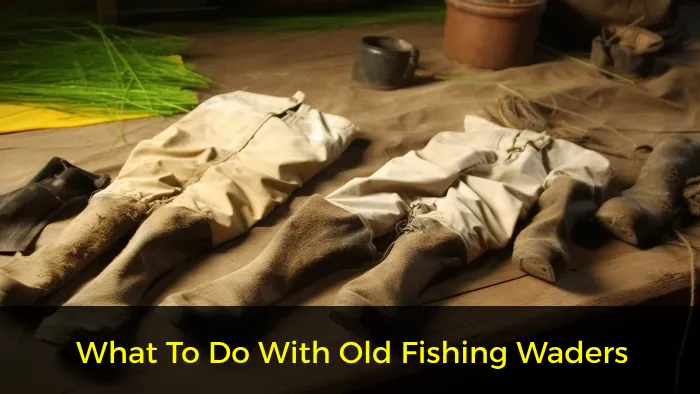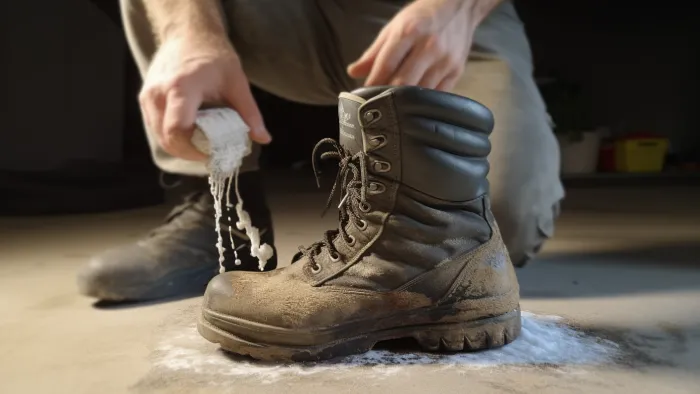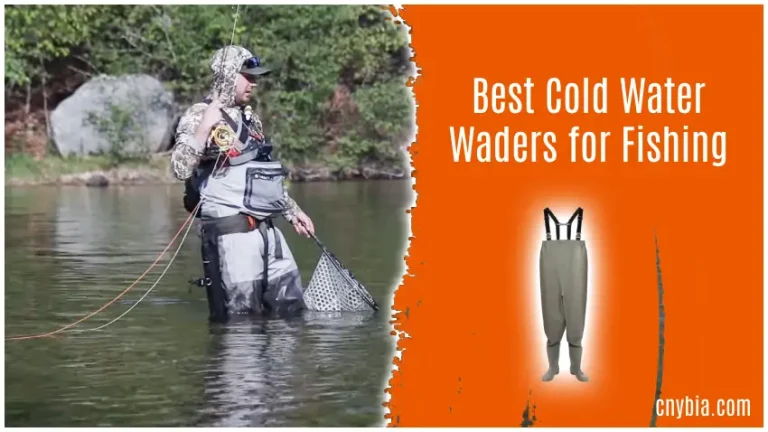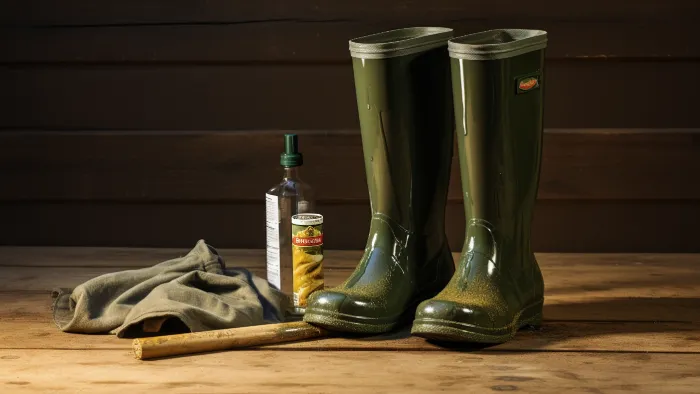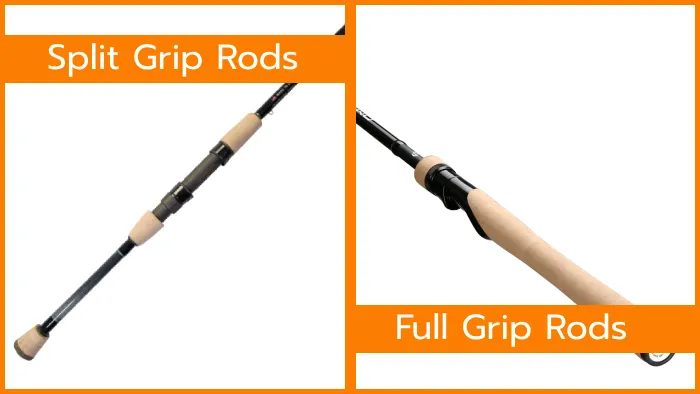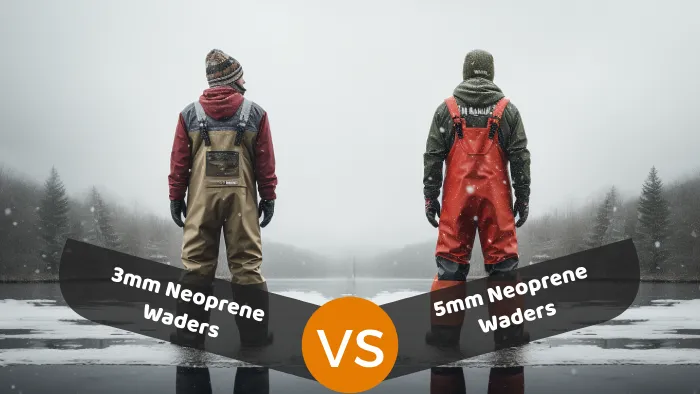What Size Wader Boots Do I Need for Fishing: Six Things to Consider
Are you a fishing fanatic frantically searching for the perfect pair of wader boots? When fishing, figuring out the perfect size of wader boots can make all the difference in your comfort and performance on the water. Choosing the right size is vital for the comfort, performance, and enjoyment of your fishing experience.
To ensure a proper fit, it’s recommended to size your wading fishing boots between your regular street shoe size and one full size larger. If you’re a half-size, it’s wise to size up to the next full-size. This allows for a comfortable fit while accommodating any additional layers or thick socks you wear during colder excursions.
This article aims to help you choose the perfect wader boots size for fishing to ensure a snug fit that allows for optimal movement while keeping your feet dry and secure. So, let’s discover what size wader boots you need and what to consider.
How to Size Wading Boots for Fishing: Things You Should Consider
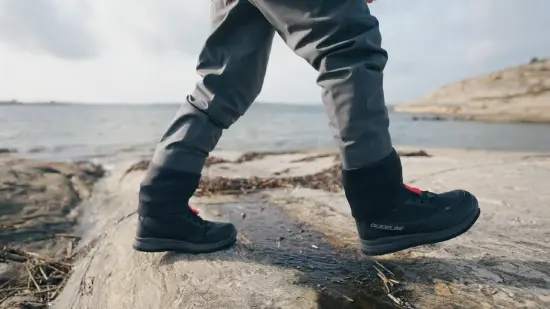
When sizing wading boots for fishing, consider a few key points. But first, consult the manufacturer’s sizing chart to understand the right fit for you.
1. Manufacturer’s Sizing Chart
To accurately determine what size wading boots you need, consult the manufacturer’s sizing chart, which will provide precise recommendations based on your measurements. Refer to the chart provided by the manufacturer, as each brand may have different sizing standards.
Start by measuring your feet correctly according to the chart’s guidelines. Make sure to measure your feet length and width, as some brands offer different width options. Consider any specific foot conditions or preferences, such as needing extra room for thick socks or orthotic inserts.
The sizing chart will typically provide a range of measurements for each shoe size, allowing you to find the best fit for your feet. Remember to consider the type of wading socks you’ll be wearing and any potential adjustments you may need to make for a comfortable fit.
2. Online Reviews for Sizing
Check out online reviews to understand how most people find the fit of the brand’s boots, especially around the ankles and toes. Online reviews can be a valuable resource when determining the right size wader boots for you.
Here are a few things to look for in these reviews:
- Many reviewers mention whether the boots run smaller or larger than expected. This can help you gauge if you need to size up or down.
- Pay attention to reviews that specifically discuss the fit around the ankles and toes. Some boots may be tight in these areas, which can be uncomfortable during long periods of wear.
- Look for reviews that mention how the boots feel when walking or standing for extended periods. This can give you an idea of the overall comfort and support of the boots.
- Consider reviews from people with a similar foot shape or size. Their experiences may be more relevant to your fit concerns.
3. Try With Waders and Socks
Make sure you slip into the waders and socks you plan to wear while fishing, allowing you to feel the snug embrace of the boots around your ankles and the freedom of space in the toe box, ensuring a comfortable and secure fit.
This step is crucial because it allows you to assess the wader boots’ fit accurately. Wearing the same combination of waders and socks during the fitting process as you would on fishing trips ensures no surprises when you’re out on the water.
Doing this lets you detect any potential discomfort or pressure points that may arise during prolonged wear. It also allows you to check for enough room for layering socks in colder conditions without compromising the overall fit.
4. Sideways Movement and Balance
Ensure the boots fit snugly around your ankles and allow freedom of movement to maintain balance and avoid discomfort while fishing. Regarding sideways movement and balance in the water, paying attention to the boots’ design and construction is crucial.
Look for boots with sturdy soles and good traction to prevent slipping on wet surfaces. Also, consider boots with a wider base, which can help improve stability and reduce the risk of twisting or spraining your ankle.
It’s also important to note that too loose boots may cause your foot to slide inside the boot, affecting your balance and potentially causing discomfort. On the other hand, boots that are too tight may restrict movement and impede your ability to maintain stability.
5. Secure Laces & Boa System
For a secure and hassle-free fishing experience, remember to double-check the laces and consider the convenience of the Boa system for easy adjustments. Ensuring that your wader boots have secure laces is crucial to prevent movement or slippage while you’re on the water.
Loose laces can not only be uncomfortable but can also affect your balance and stability. To keep your laces secure, tighten them properly and test for any sideways movement or slippage in the boot.
Also, consider using the Boa system, which provides a quick and efficient way to adjust the tightness of your boots with just a turn of a dial. This innovative system eliminates the need for traditional laces and offers a customized fit to keep your feet comfortable and secure throughout your fishing adventure.
6. Ankle Support and Movement
When you snugly support your ankles with properly sized boots, you’ll experience freedom of movement and prevent injuries. Ankle support is crucial when traversing rough terrain during extended trips.
Look for boots with a high ankle design that offers stability and protection. These boots should be made from durable materials that can withstand the demands of your outdoor adventures. You can confidently navigate uneven surfaces, rocks, and even water with the right ankle support.
The boots should fit snugly around your ankles to provide support without restricting your natural range of motion. Knowing your ankles are well-protected, you can hike, climb, and explore easily.
How should wading boots fit when fishing?
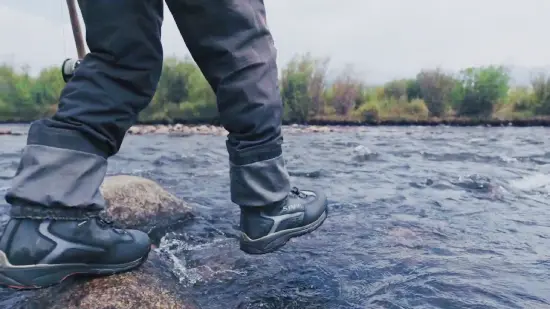
Properly fitting wading boots are essential for a successful fishing adventure, allowing you to confidently navigate the waters without worrying about twisted ankles or restricted movement.
Regarding the fit of your wading boots, it’s important to balance snugness and flexibility. Your boots should be snug enough to support your ankles and prevent them from twisting, yet not so tight that they impede your normal movement.
To ensure a proper fit, consider the following factors: the size and shape of your feet, the thickness of your wader socks, and whether you prefer thicker or thinner wading socks.
Try different sizes and styles of wading boots to find the perfect fit that will keep you comfortable and safe on your fishing adventures.
| Factors to Consider | Key Points |
| Size and Shape of Feet | Choose a size that accommodates the width and length of your feet. |
| The thickness of Wader Socks | Consider the thickness of your wader socks when selecting your boot size. |
| Preference for Sock Thickness | Consider how thick or thin you like your wading socks and adjust your boot size accordingly. |
Should I get wading boots a size bigger?
If you want to ensure a comfortable and secure fit for your neoprene stockingfoot waders, it’s worth considering going larger for your wading boots. This is especially important if you wear wading or wool socks in the colder months.
By going a size bigger, you allow enough room for these additional layers without compromising the fit and functionality of your boots.
A snug fit is crucial when fishing, as it provides better stability and prevents blisters or discomfort during long hours on your feet. However, going a size bigger doesn’t mean sacrificing support or performance.
Look for wading boots with adjustable lacing systems or straps to provide a customized fit. This way, you can still enjoy the benefits of a secure fit while accommodating your waders and additional layers for ultimate comfort on the water.
Should wading boots be tight?
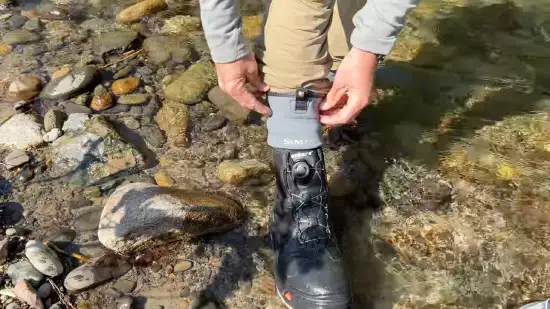
For an optimal wading experience, ensure your wading boots give a snug fit to enhance stability and minimize the risk of discomfort or blisters. When it comes to wading boots, tightness is key.
Here’s why a tight fit is important:
- A tight fit prevents your foot from sliding forward and back, side to side, or up and down at the heel. This keeps you firmly planted in your boots and reduces the risk of losing balance or falling.
- A snug fit also helps minimize friction and rubbing, which can lead to painful blisters. Keeping your foot securely in place can avoid discomfort and potential interruptions to your fishing or wading experience.
- Tight boots provide better support and control over your movements in the water. This allows for more precise and confident navigation, especially on uneven or slippery surfaces.
- Lastly, a snug fit ensures that your wading boots won’t get in the way or hinder your mobility. You’ll have better control and feel more connected to the water, enhancing your overall experience.
Do your feet get wet with wading boots when fishing?
Despite wearing wading boots, your feet will inevitably get wet while fishing. This is because water flows into both the wading boot and the guard sock. Wading boots are not completely waterproof like waders, with a neoprene booty attached to prevent water from entering.
When you wade into the water, water flows into the boot and the guard sock, eventually making your feet wet. Every angler experiences this when wet wading.
Keep this in mind and choose appropriate footwear that can handle being wet. Look for boots designed to drain water quickly and dry fast to minimize discomfort and reduce the risk of slipping or developing blisters.
Why do wading boots have felt bottoms?
When you’re wading in sandy or gravelly rivers and lakes, the felt bottoms on your wading boots provide excellent grip, reducing the chances of slipping and allowing you to navigate through the water confidently.
The felt soles have a unique texture that helps grip the surface of rocks and other slippery substrates and reduces the risk of slipping. This is especially important when you’re fishing, as it allows you to maintain your balance and stability while casting or reeling in your catch.
The fibers in the felt also create a slight cushioning effect, which can help to reduce fatigue and provide added comfort during long fishing trips. Also, the felt bottoms are designed to channel water away from the sole, helping to keep your feet drier and more comfortable.
Choosing the Perfect Wader Boots: Comfort and Success Await
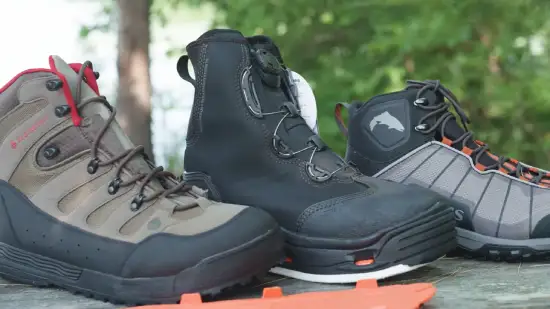
Finding the right size wader boots for fishing is crucial for a comfortable and successful fishing experience. Remember to consider factors such as foot length, width, and the type of socks you’ll be wearing.
Wading boots that are a size bigger are recommended to allow room for thick socks and prevent discomfort. Also, wading boots should fit snugly to provide stability and prevent water from seeping in.
The felt bottoms on wading boots offer excellent traction on slippery surfaces, enhancing your fishing performance. So, choose your wading boots wisely and enjoy your time on the water.

